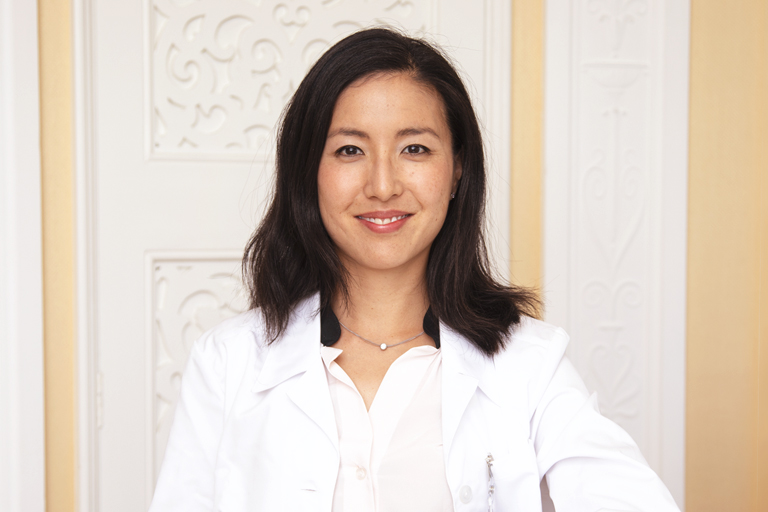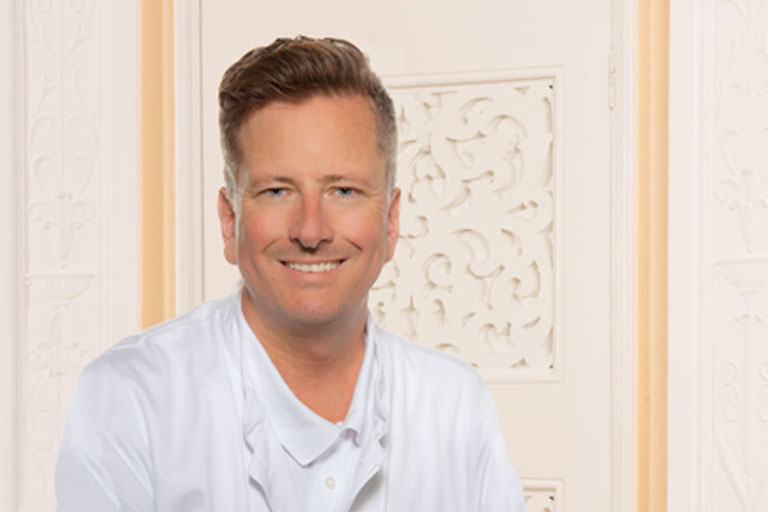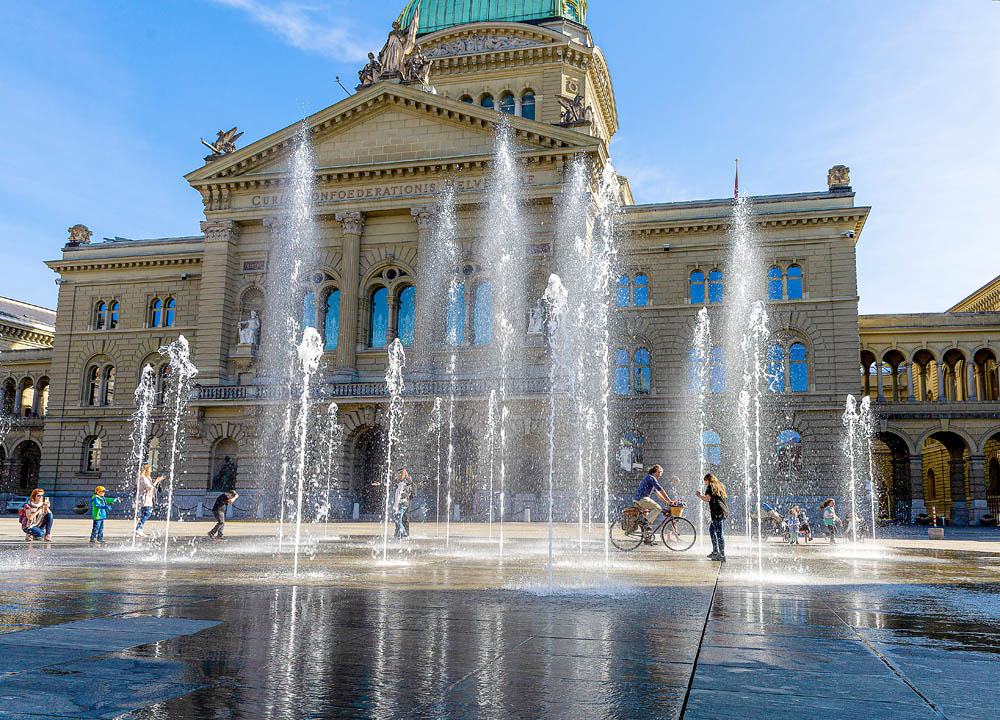Operationsprinzip
Abstehende Ohren sind die häufigsten angeborenen Fehlbildungen der Ohren. Oft entsteht bei den Betroffenen ein grosser psychischer Leidensdruck, der durch Hänseleien im frühen Schulalter verstärkt wird. Ursache der abstehenden Ohren ist das Fehlen der Hauptfalte der Ohrmuschel, der so genannten Anthelix. Gelegentlich gibt es auch kombinierte Fehlbildungen, bei denen auch andere Teile der Ohrmuschel beteiligt sind. Eine Ohrkorrektur hat zum Ziel, den Knorpel der Ohrmuschel neu zu formen und die fehlende Falte zu rekonstruieren. Der Zugang erfolgt durch einen Hautschnitt hinter dem Ohr, der Knorpel wird an der Vorderfläche freigelegt, in die gewünschte Form gebogen und anschliessend mit Fäden fixiert. Danach wird die Haut mit einer fortlaufenden Naht verschlossen. Ein Polsterverband stabilisiert die neue Form und verhindert Nachblutungen.
Preise*
Beidseitig: CHF 6'500
Einseitig: CHF 3'800
*Unverbindlicher Richtpreis
OP-Dauer / Anästhesie / Aufenthalt
Anästhesie
Aufenthalt
Verlauf
Der Kopfverband wird für eine Woche nach der Ohrkorrektur kontinuierlich getragen, die Fadenentfernung erfolgt nach einer Woche, danach sollen die neu geformten Ohren für weitere zwei Wochen mit einem weichen Stirnband geschützt werden. Bei Erwachsenen kann das Stirnband tagsüber weggelassen werden, bei lebhaften Kindern ist ein Stirnband auch tagsüber ratsam. Die Haut über der Ohrmuschel kann für 3-4 Wochen verfärbt sein, gelegentlich besteht eine verminderte Berührungsempfindlichkeit. In dieser Zeit ist eine direkte Sonneneinstrahlung oder Kälteexposition zu vermeiden.
Risiken
Selten bei einer Ohrkorrektur sind Nachblutungen (2%), die sich durch zunehmende Schmerzen äussern, oder eine Infektion der Wunde oder des Ohrknorpels, wodurch die Heilung verzögert wird. Gelegentlich kommt es zu einer Druckschädigung der Haut über dem Ohrknorpel, die meist innert weniger Wochen spontan abheilt. Kein Ohr gleicht dem anderen, und so sind auch nach einer Ohrkorrektur gelegentlich Asymmetrien vorhanden. Vor allem bei Kindern kann es selten zu einer wulstförmigen Narbenbildung hinter dem Ohr kommen (Keloid).
Auszeit
Arbeit: 1 Woche (Büro). Körperlich anstrengende Aktivität: 10-14 Tage. Vermeiden starker Sonneneinstrahlung oder Kälteeinwirkung: 6-8 Wochen. Das Endresultat ist in der Regel nach 2-3 Monaten erreicht.
Synonyme Suchbegriffe
Abstehende Ohren, Ohranlegen, Ohranlegeplastik, Ohren gross, Ohren Asymmetrie, Ohren anlegen, Segelohren
Vorher-/Nachher








